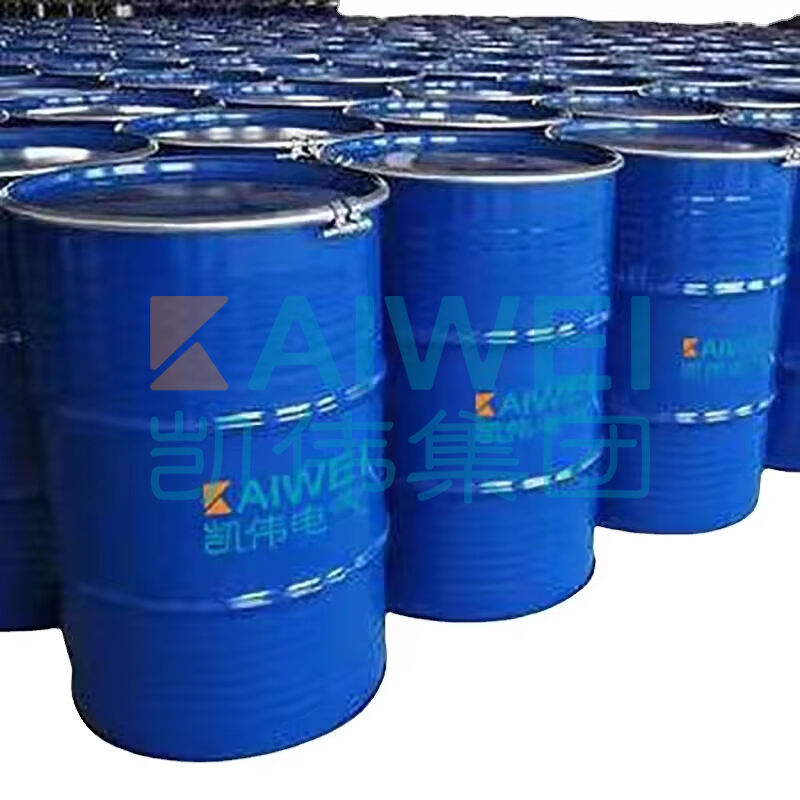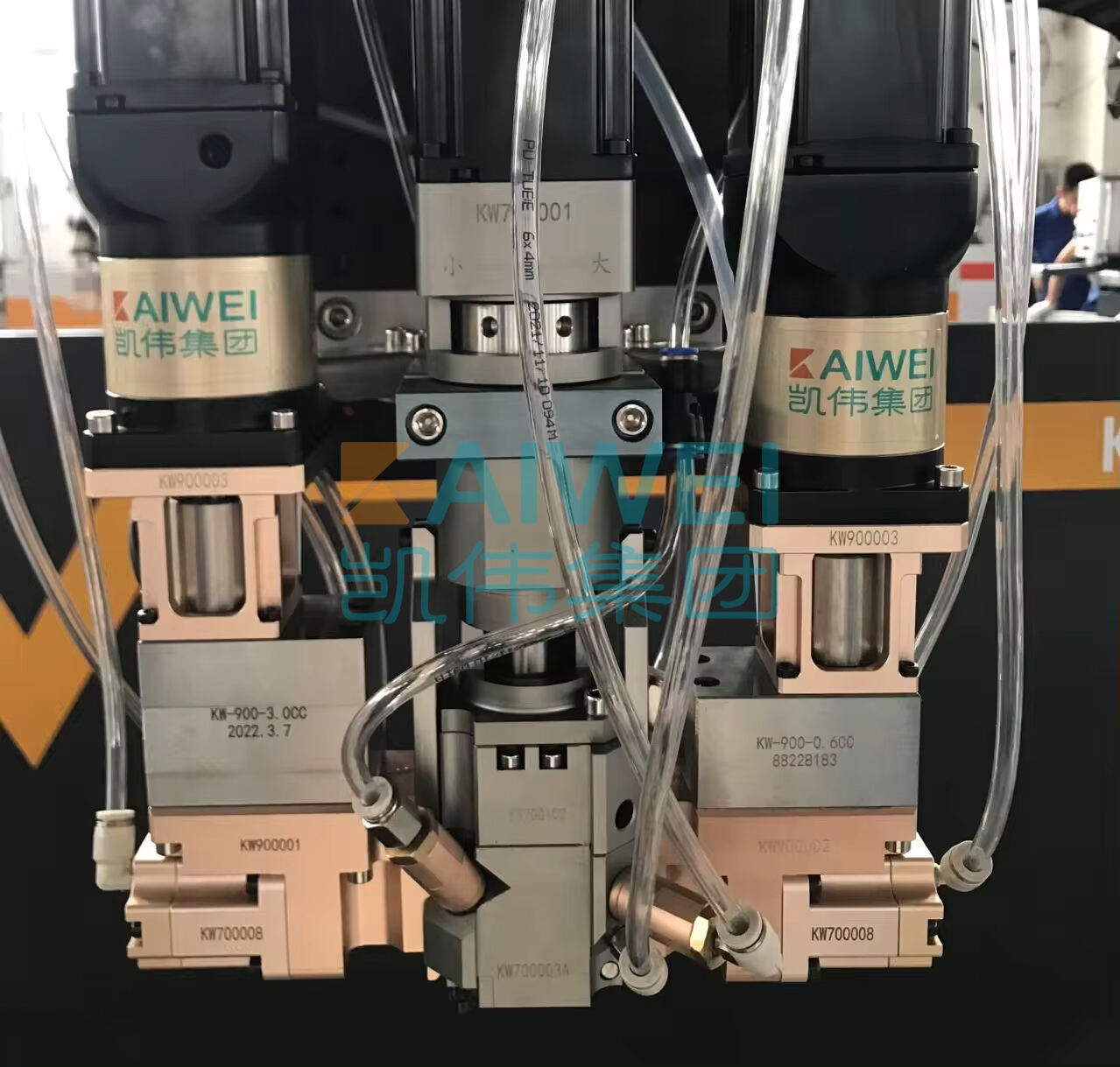One special material that you can use for many home projects is polyurethane foam. This foam is a plastic that can be sprayed or poured into voids in your home. It reacts and expands to create hard foam. Therefore, it can be used to close air leaks, insulate walls and ceilings or even isolate sounds outside the room.
There are some key things you need to be aware of when using polyurethane foam so that you and the users remain safe, as well as they get desired results. Wear nitrile gloves, glasses or goggles and a mask to protect yourself from the foam. The foam might appear to grow slowly, but you can be shocked when seeing how much it grows in minutes and too many at once will create problems. The excess foam should be easily dissolved and once it hardens its quite difficult to remove. When doing this, be sure not to spray it on the wires and hot areas as insulation sprays are fireproof.
So, these are some tips which will assist you in using polyurethane foam easily. Always clean and dry the surface before using this foam. Doing so will allow the dirt to adhere better and for the foam cleaner foamer part to do its magic. When filling larger cracks or holes, make sure to only spray a small amount of foam at first and let it expand before applying the next layer. This will keep the foam from over-bloating and making a mess on whatever you are working.

Polyurethane foam spray is also applicable to insulate your walls, and ceiling of any homes. This is very helpful because it will make your home warmer during the winter and colder during the summer. To apply it properly, you can use a specific device known as an insulation gun that will inject the foam directly into gaps between walls or ceiling. In doing so you will achieve a strong seal that stops air leaks, saving energy and money on your utility bills.

Polyurethane foam also comes in handy for soundproofing purposes. To make a room more quiet, you can spray foam inside the walls or ceiling. This will essentially make a sound-absorbing barrier to protect you from outside noise as well, such as cars or people speaking, and also from other rooms in your dwelling.

Polyurethane foam is an excellent material to use for any of those DIY projects you are willing to try your hand on at home. One simple thing you can do if you are not sure where to begin, is by using the foam in order fill any gaps around doors and windows. This will reduce indoor air leakage and make your home more comfortable. It can also be used to cover your pipes, plug holes in the attic or basement with improvised shapes for repairs or crafts.
There is no need for a professional operation Reduces the load on workers. It is how to use polyurethane foam. Newcomers can start in only 30 minutes.
We provide comprehensive after-sales services at the site, as well as an online learning tool that increases customer satisfaction. We'll bring how to use polyurethane foam, maintenance or troubleshooting to solve the issue in a prompt time. This will ensure that our the customers' equipment can continue to function and produce in a normal manner.
The KW-900 hybrid heads is protected by patents for national inventions. No measurements of raw materials, how to use polyurethane foam (no constant measurement of the density of raw materials due to seasonal climates changes). The amount of the sizes of the glue spit and the parameters of the systems screen can be adjusted at any time, and precise glue. The raw materials are not changed, and the ratio of raw materials is not altered, and the weight measurement is performed manually prior to use. No requirements for a cooling room
For how to use polyurethane foam that has foams sealing pad can reach IP67 or even greater. And we also have CE certificate. Kaiwei fully automatic foam sealing machines equipped with three axes, eight servo motors, 8 reducers four metering pumps.


Copyright © Shanghai Kaiwei Intelligent Technology (Group) Co., Ltd. All Rights Reserved - Privacy policy - Blog